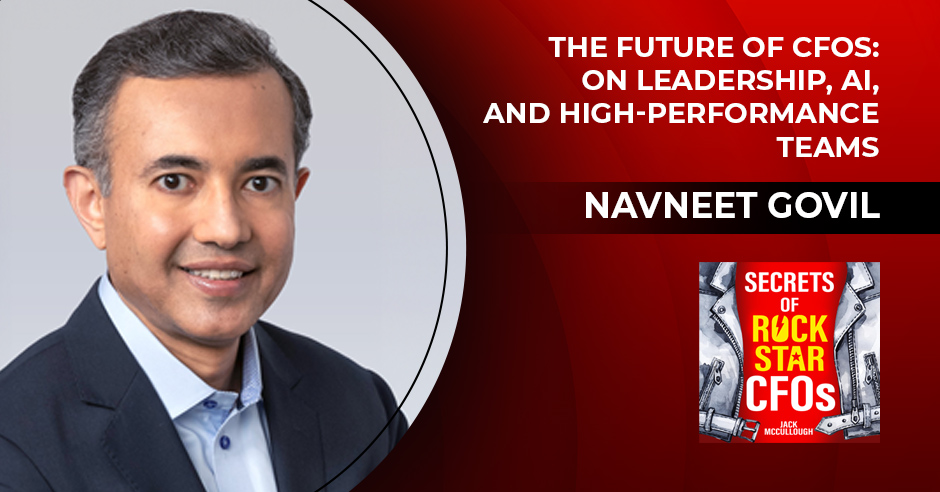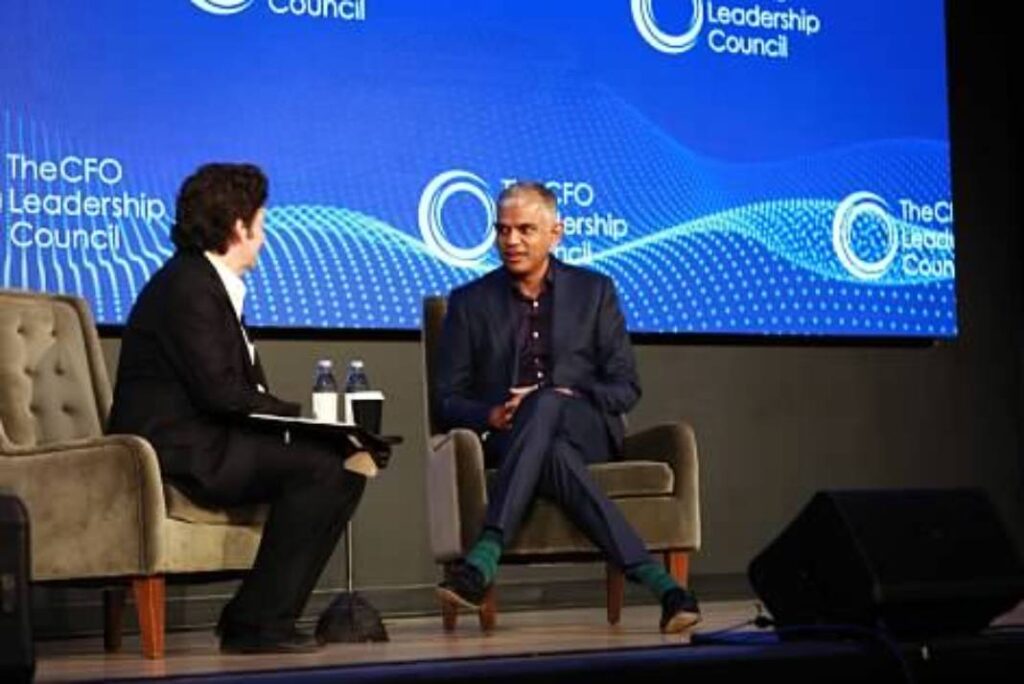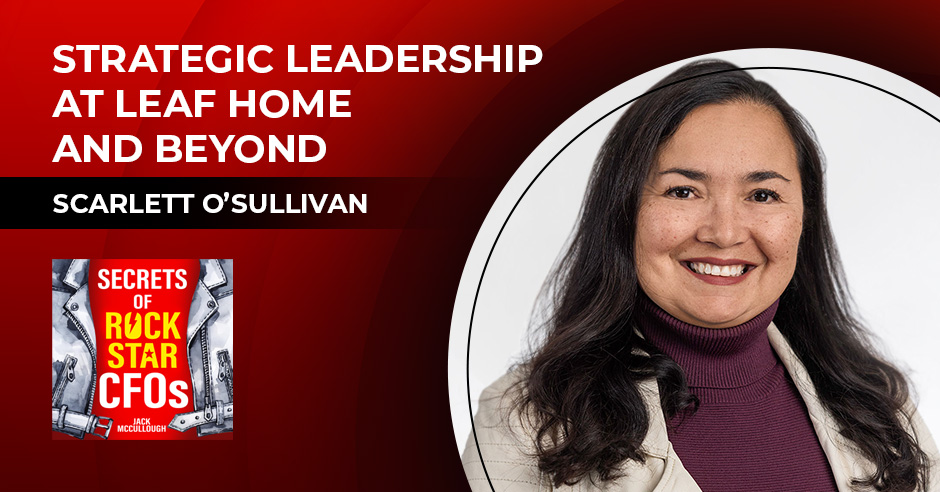“Technology has become the business,” says Jon Winsett, the founder and CEO of NPI, which provides IT procurement services like benchmark analysis and subscription optimization advice. “Not just a utility—it’s no longer just piping and plumbing.”
That technology is so essential to business, however, puts CFOs in a hard spot. They need to make robust investments in technology, but they must do so cost-effectively. And if there’s a market where it’s difficult to invest cost-effectively, it’s B2B technology. Vendors often hold all the cards, at least from the buyer’s perspective. Determining the value of a tool or system upfront is difficult, and few buyers have intel on the prices other companies pay for the same enterprise software or cloud service. In addition, sellers use licensing schemes that run 100s of pages and require a doctorate to interpret.
Winsett calls IT the “the least efficient multitrillion dollar marketplace that has ever existed.” We reached out to him to get his advice for CFOs confronting inflationary IT prices and an explosion in product and vendor choice, especially in finance and accounting software.
We hear from CFOs that IT vendors have raised prices, and some of the increases for cloud-based software at renewal time are multiples of the inflation rate.
Spending by our clients has increased dramatically in the last 12 months. And we’ve seen 600 new vendors. The new vendors are trying to gain market share. That means aggressive sales tactics, flexibility in pricing and novel deal structures to differentiate them from competitors. For IT buyers, that translates into pricing disparity and complexity.
The most effective revenue extraction machine ever assembled is the IT vendor marketplace. Vendors are staffed by the most highly trained, highly compensated, highly motivated account teams that ever walked the face of this planet. [CFOs] are the last lines to protect the coffers. I submit the most challenging job in corporate America is managing the cost of IT. CFOs are seeing costs go up. Unplanned, unbudgeted.
What do you mean by pricing disparity?
The pricing disparity across one vendor is enormous. One SKU can be priced at $100 a user, and that same SKU for a different customer can be priced at $200 a user. Why the difference? Because of the competitive dynamics. For the vendor’s first customer, it may have had to get aggressive on price. Or one of its customers was better at negotiating their deal. Or it was the end of the quarter for the vendor, and the customer got a better deal for closing early.
So, how does a buyer or customer get more consistent pricing or at least the vendor’s best pricing?
When managing IT costs, you can have all the fancy technology in the world to provide visibility into spending, contract lifecycle management or IT cost allocation. But they don’t touch IT costs. The only place you can impact cost meaningfully is the “transaction layer”—at the point of execution, at negotiation time. What moves the needle at that point? Know the price you should pay. Then, knowing the deal structure or licensing. Every software company allows you to buy their products in 10 different ways; they always tend to propose the most expensive way. [Price and deal structure] are for naught if you can’t influence the vendor to get there. That’s where negotiations come in. It takes three things—pricing analysis, licensing expertise and negotiation support—to move the needle on cost.
What do you provide to customers to help in the first area, pricing analysis? What do IT buyers need to know going into the negotiation?
What price should they be paying, based on the volume of product mix, time of year and their situation? How should they license the software? Do they have alternatives? Sometimes, competitive options are the strongest leverage you can bring into a negotiation. We often get asked, ‘What’s another way I can do this at a cheaper price?’
What else?
We show customers how complex the vendor’s deals are, how many products are included and how much flexibility the vendor shows in the market—basically, the deal’s negotiability. Then, we look at whether the vendor’s deal size is trending up or down. If it’s trending up, the vendor is gaining traction in the market. A trend down in size means there are competitive pressures, and the vendor may be losing some momentum. The buyer should also know how the vendor is performing financially. Are they laying off people? Are they acquiring other companies?
For an accounting system that would be impossible to replace quickly, what does the buyer do if the vendor returns at renewal time with a hefty price increase that would bust the customer’s budget? What options does the customer have?
You won’t tell Microsoft, “We’re going in a different direction.” You must model out multiple scenarios. They want to sell you the Cadillac version of what they’re trying to renew with you. That has the highest level of license, the most licenses, and let’s call that deal price $10 million. What you want to renew, let’s call that a price of $7 million—that deal has fewer licenses and a lower-level type of license. The way you negotiate that $7 million is to build out a bare-bones scenario. “Hey, Microsoft, we’re just going to renew Office, we’re going to renew some servers, and that’s it. No Copilot. No AI.” And that bare-bones deal is worth $4 million. So, you tell Microsoft you’re going with that unless they give you the $7 million contract.
You said companies need to be careful about bringing a C-level person into vendor negotiations at a certain time. Why is that?
IT sourcing handles the lion’s share of the negotiations, but sometimes CFOs, CIOs, and COOs get involved when it’s high stakes. But it’s dangerous to wheel in a C-level executive at the last minute, thinking that the gravitas of their title will win the day; it often backfires. Why? Because all it does is signal to the vendor that, as a buyer, you’re very serious. You’re bringing in a CFO to handle it. So, the vendor thinks, OK, Mr. CFO, this deal is crucial to you.







